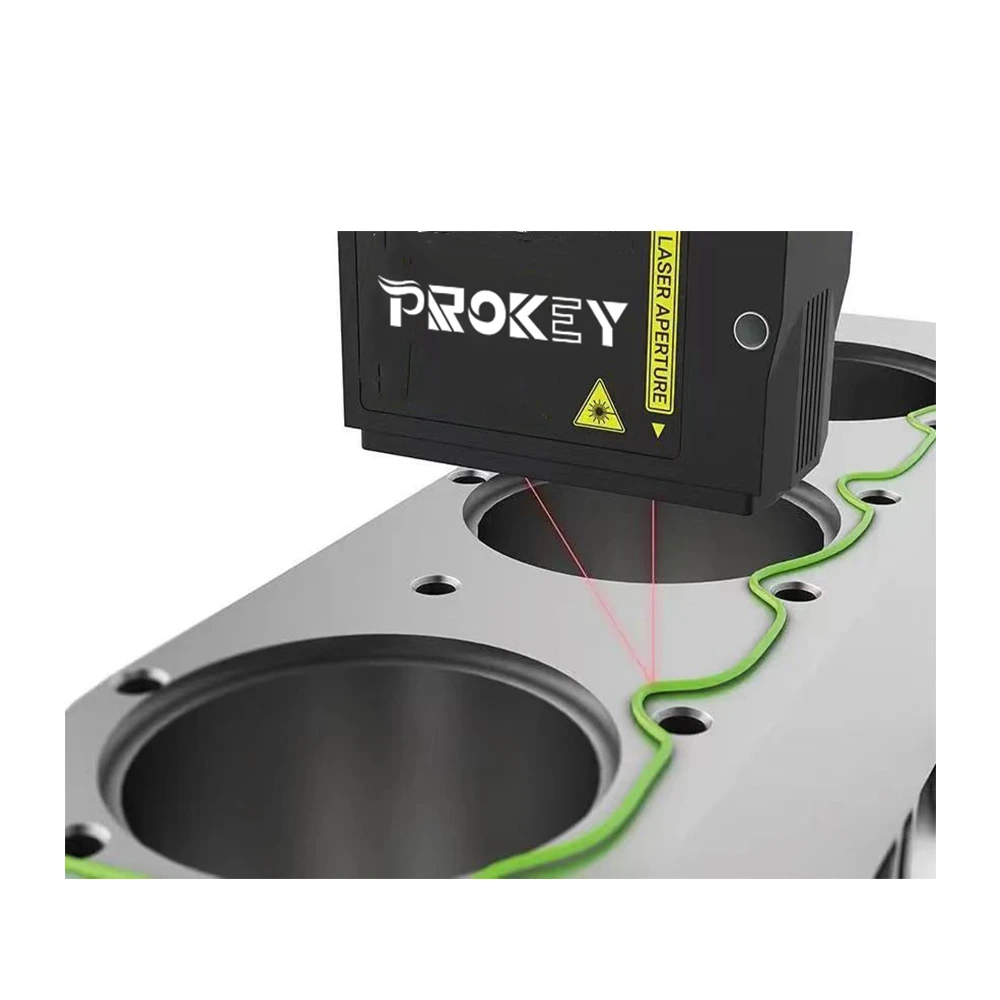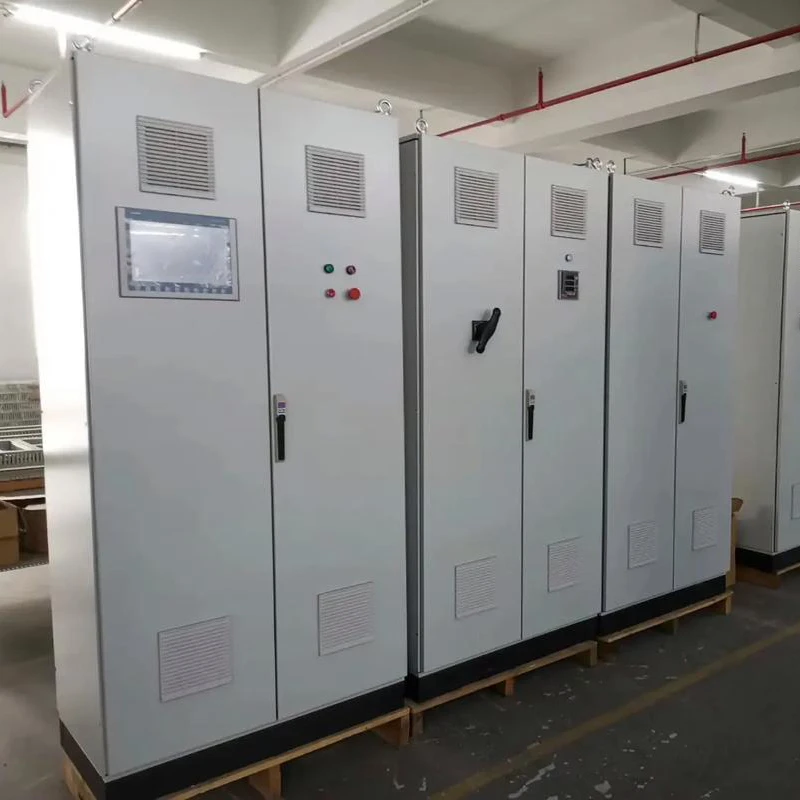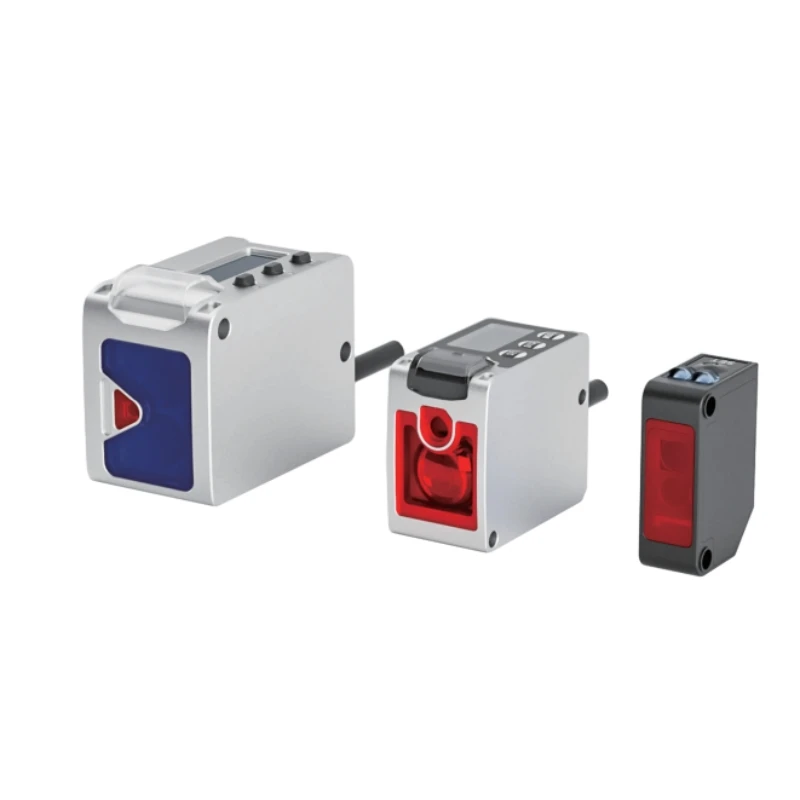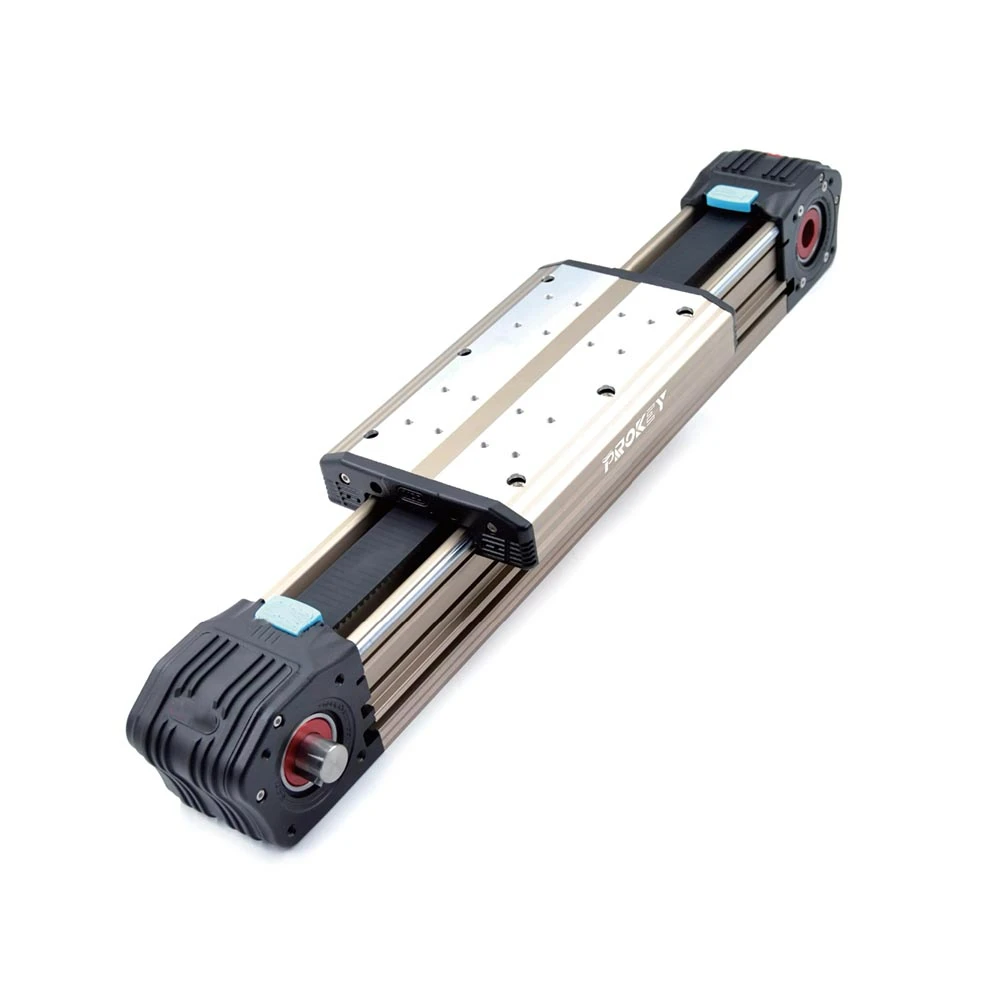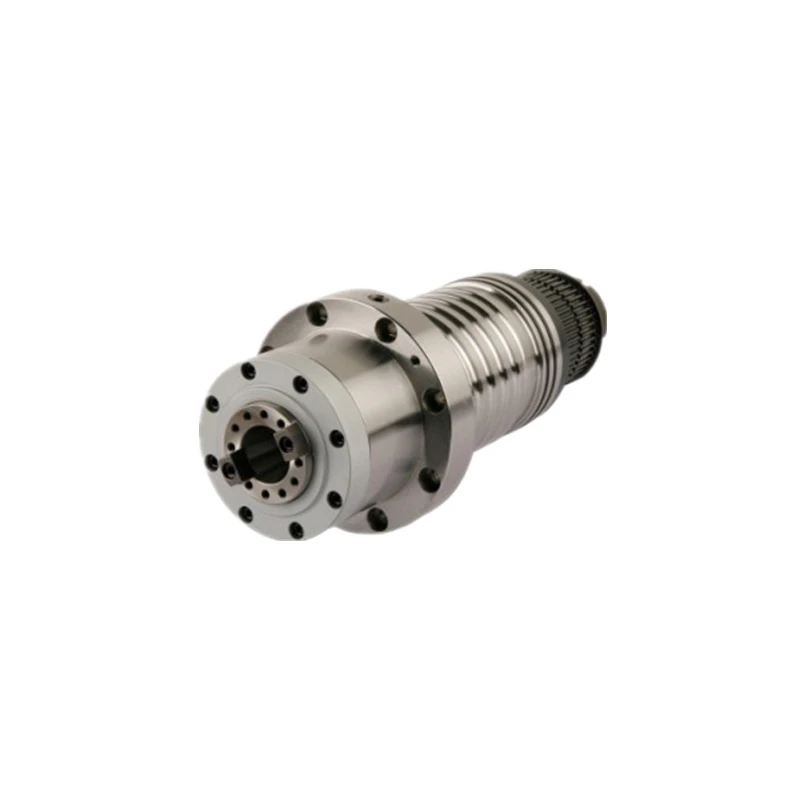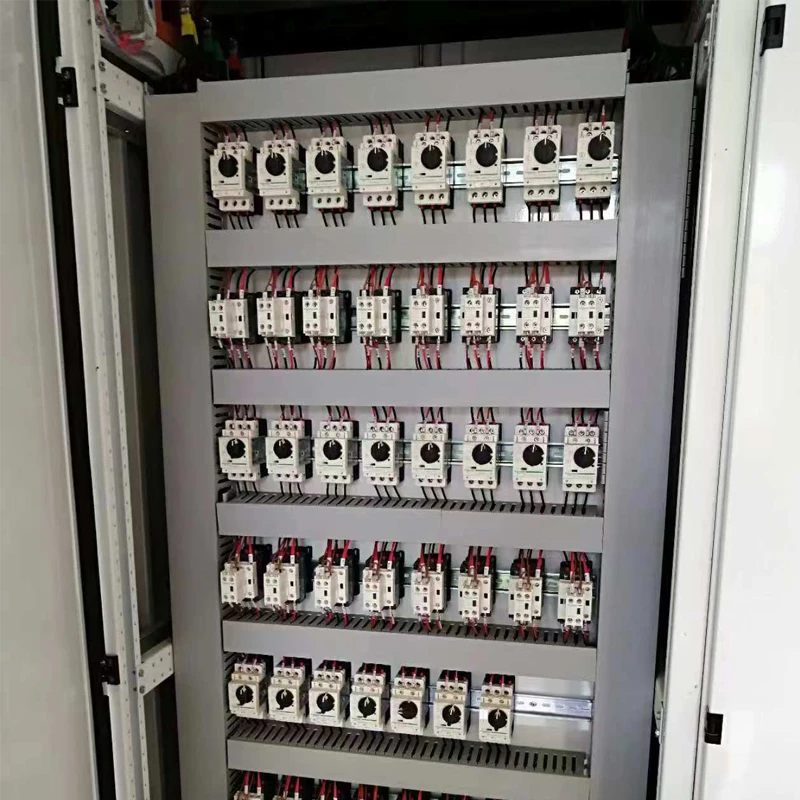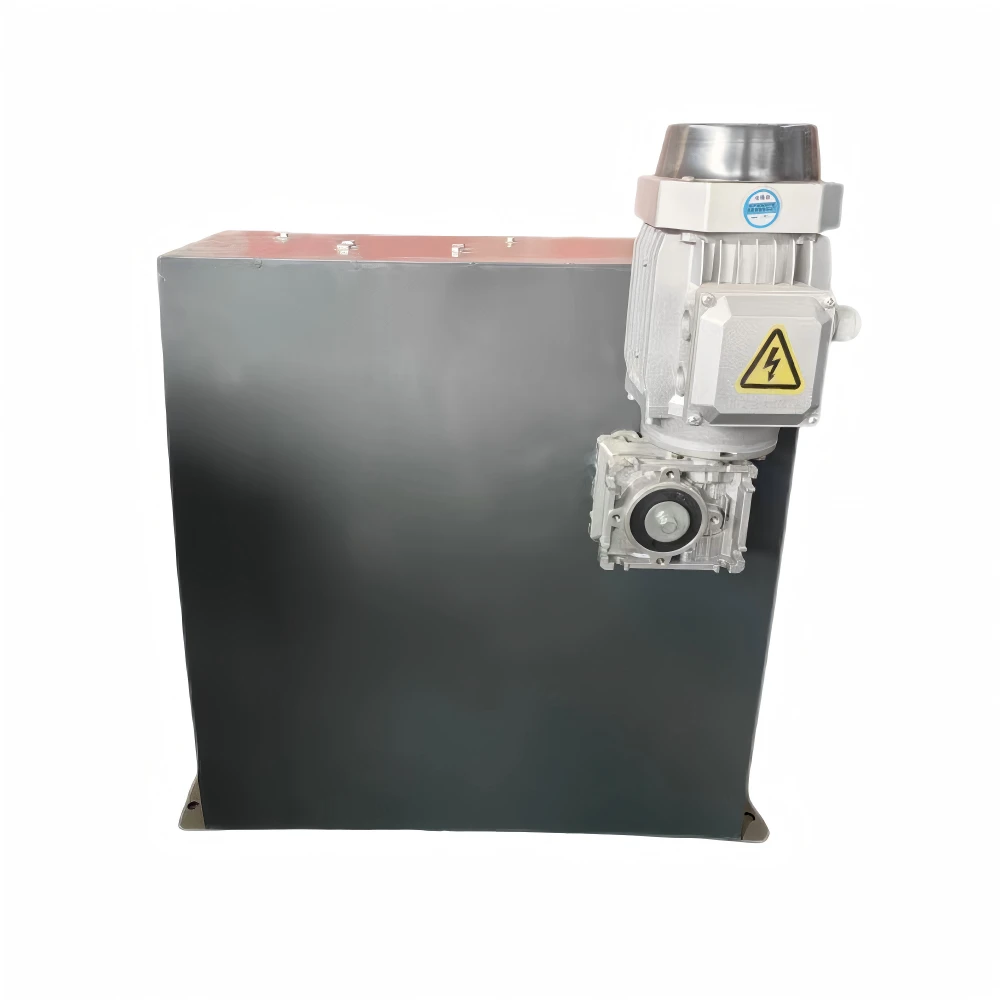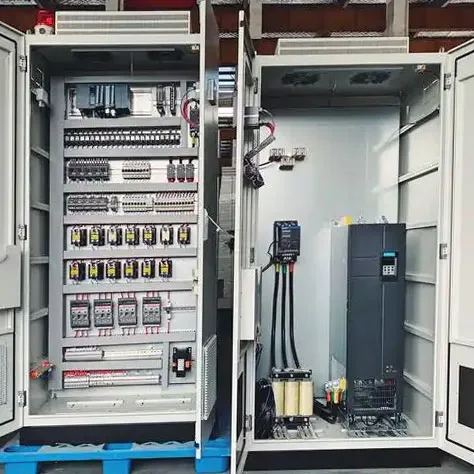12 月 . 04, 2024 09:42 Back to list
The Essential Role of PLC Controllers in Automation
In the modern industrial landscape, PLC controllers stand at the forefront of automation technology, offering unparalleled control and efficiency. With a variety of PLC controllers for sale, organizations can enhance their operations significantly. This article delves into PLC controller system design and architecture, explores common fault identification and elimination methods, and highlights the synergy between PLC controllers and SCADA systems for effective data monitoring and management.

PLC Controller Control System Design and Architecture
The design and architecture of a PLC controller system are crucial for optimizing performance and reliability. Typically, a well-designed system consists of several key components: the central processing unit (CPU), input/output (I/O) modules, power supply, and communication interfaces. The CPU processes information and executes control commands, while I/O modules connect to various field devices, including sensors and actuators.
When selecting a PLC controller, factors such as processing speed, memory capacity, and expansion capabilities should be considered. Many PLC programming companies offer customizable solutions that allow businesses to tailor their systems to specific operational needs. This flexibility is essential for integrating advanced automation processes and ensuring that the system can evolve alongside changing production requirements.
PLC Controllers:Common Fault Identification and Elimination Methods
While PLC controllers are designed for durability, issues can arise over time. Effective fault identification and elimination are vital for maintaining system integrity and minimizing downtime. Common methods include:
- Diagnostic Indicators: Many PLC controllerscome equipped with LED indicators that signal operational status. These can help technicians quickly identify malfunctioning components.
- Software Diagnostics: Advanced PLC programmingoften includes diagnostic tools that can run tests and log errors, simplifying troubleshooting.
- Regular Maintenance: Scheduled inspections and routine maintenance help catch potential issues before they escalate into major problems, ensuring that systems remain operational.
Understanding these methods is essential for any organization looking to enhance the longevity and reliability of their PLC controllers.
PLC Controllers and SCADA Systems: A Powerful Partnership
The integration of PLC controllers with SCADA (Supervisory Control and Data Acquisition) systems creates a powerful platform for real-time data monitoring and management. Together, they enable operators to:
- Monitor Performance: SCADA systems provide a centralized interface for monitoring all connected PLC controllers, allowing for real-time insights into operational performance.
- Data Logging and Analysis: Data collected from PLC controllerscan be logged and analyzed, helping organizations identify trends, optimize processes, and make informed decisions.
- Remote Control and Management: With SCADA, operators can remotely control PLC controllers, enabling them to adjust parameters and respond to changes in real time.
This synergy not only improves operational efficiency but also enhances safety by enabling timely responses to potential issues.
Choosing the Right PLC Controller
When considering PLC controller price, it’s important to evaluate the total cost of ownership, including installation, maintenance, and potential upgrades. Collaborating with a knowledgeable PLC programming company can provide guidance on selecting the right system for your specific needs, ensuring optimal integration and functionality.
PLC Controller:Driving the Future of Automation
As industries continue to embrace automation, PLC controllers remain essential for achieving efficiency and precision. By understanding their design, maintenance methods, and integration with SCADA systems, businesses can fully leverage the capabilities of these powerful devices. Investing in high-quality PLC controllers for sale is not just a purchase; it's a commitment to operational excellence and a step toward a more automated future. With the right support from PLC programming companies, organizations can unlock the full potential of their automation systems and drive continuous improvement in their operations.
-
Why Steel Mills Rely on FODA’s High-Temperature Cylindrical Roller Bearings?
NewsApr.10,2025
-
What is a Plain Bearing? A Complete Guide to Design & Functionality
NewsApr.10,2025
-
Thrust Ball Bearings vs. Tapered Roller Bearings: FODA’s Performance Comparison
NewsApr.10,2025
-
The Engineering Behind FODA Thrust Ball Bearings: Precision for High-Speed Applications
NewsApr.10,2025
-
No More Compromises: Get Precision-Engineered Custom Bearings Tailored to Your Exact Specifications
NewsApr.10,2025
-
In-Depth Analysis: Application Differences of Different Types of Angular Contact Ball Bearings
NewsApr.10,2025
Products categories



